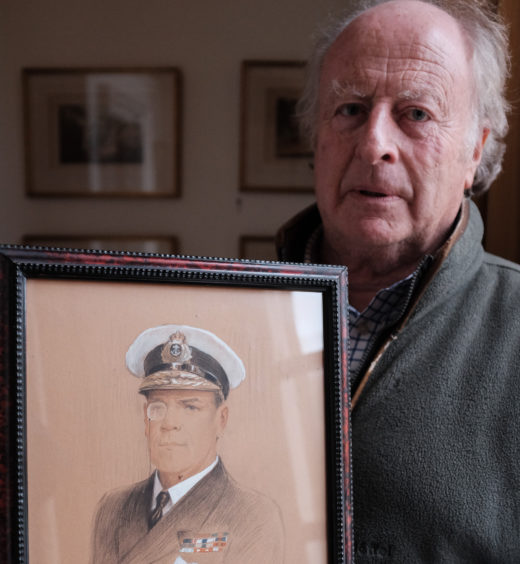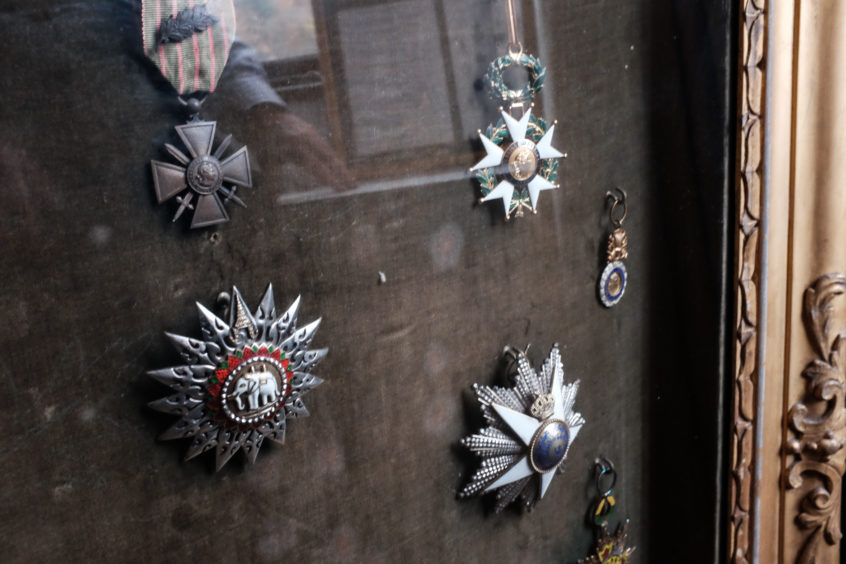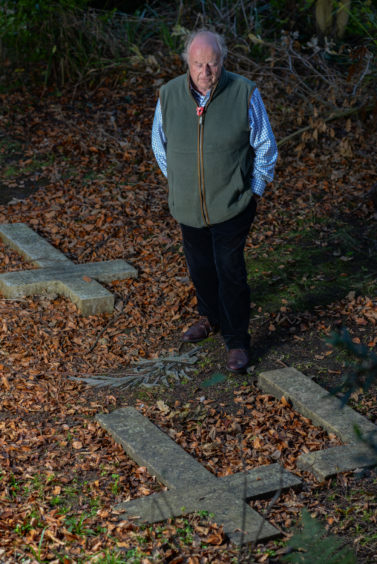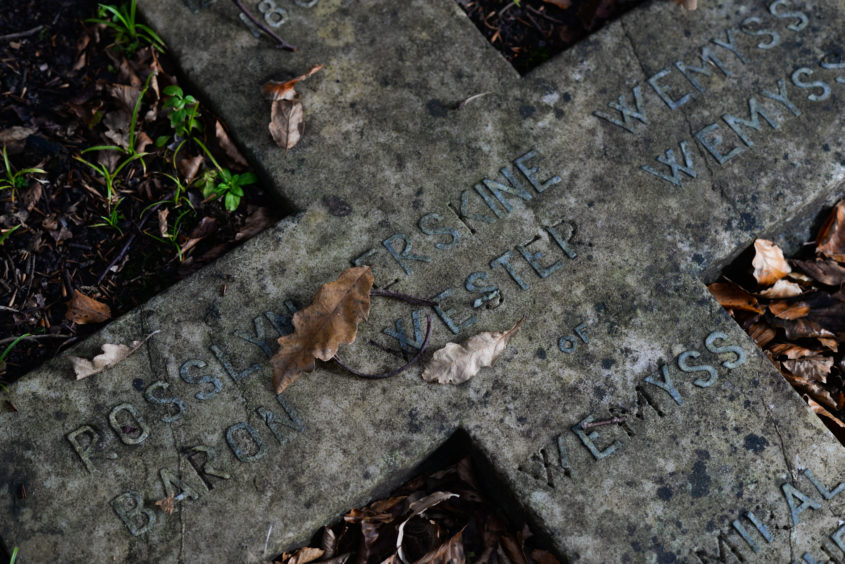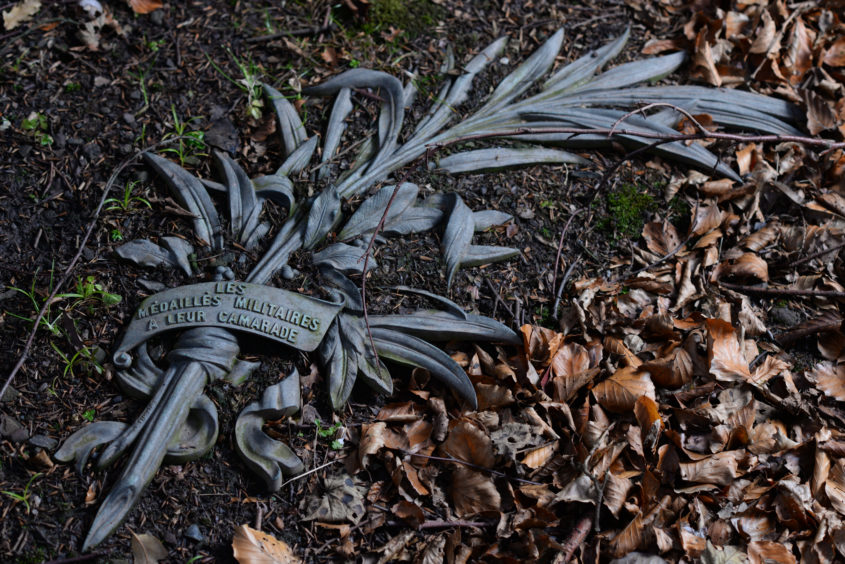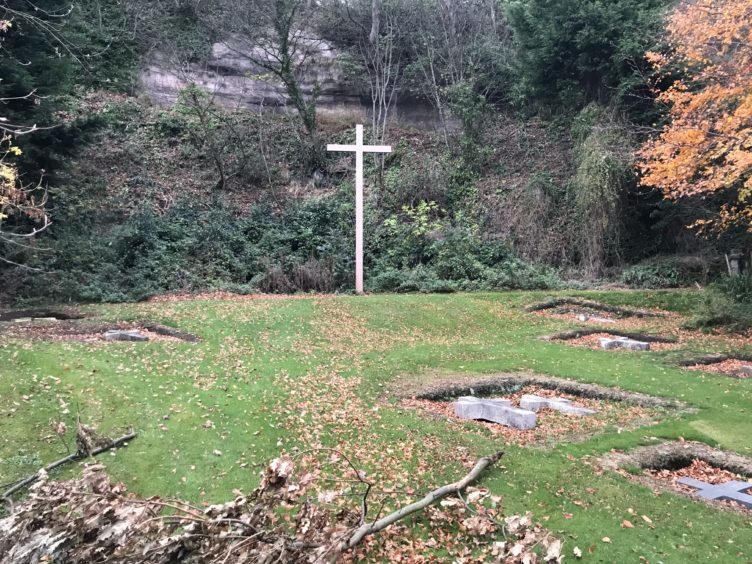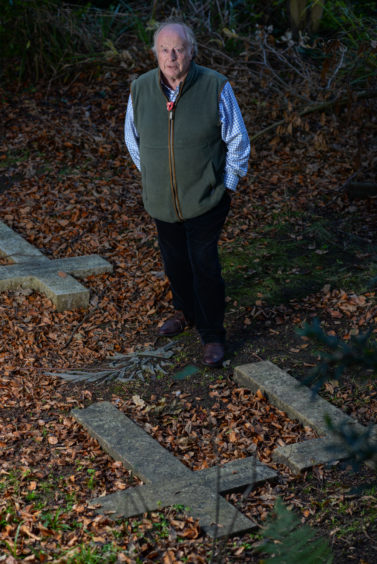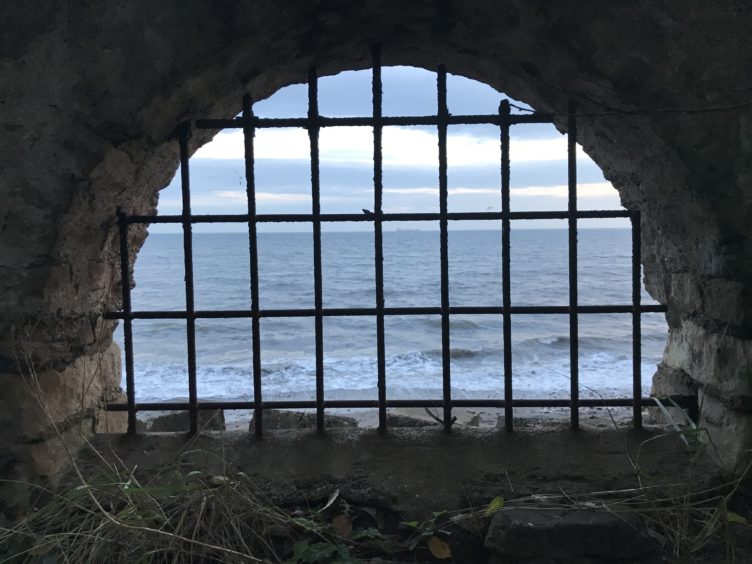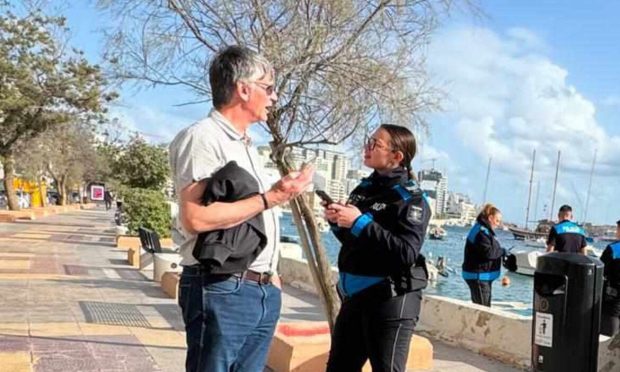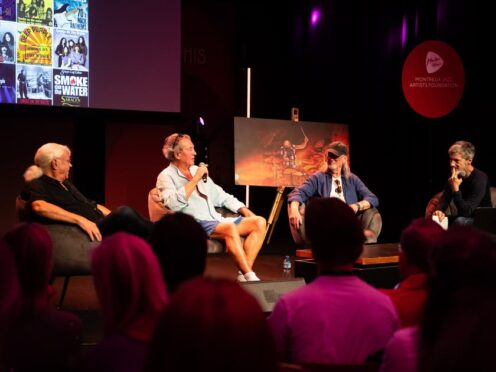With the 100th anniversary of the First World War Armistice upon us, Michael Alexander hears the remarkable story of a Fife naval officer – instrumental in its signing – who shortened the war by several hours after defying the orders of his Prime Minister.
It was the historic moment when more than five years of carnage and bloodshed that had cost millions of lives finally ended.
The Armistice that ended fighting on land, sea and air in the First World War between the Allies and their opponent Germany came into force at 11am on November 11 1918 – sometimes referred to as “the eleventh hour of the eleventh day of the eleventh month”.
But if it wasn’t for the key role of a Fife man who was the senior British representative present when the Armistice was signed, the fighting could have carried on until 2.30 that afternoon and an estimated 600 or so further lives could have been lost.
First Sea Lord Admiral Sir Rosslyn Wemyss – 1st Baron Wester Wemyss – who grew up at Wemyss Castle on the southern shore of Fife, near West Wemyss, was present when the Armistice was famously signed in French military leader Marshal Ferdinand Foch’s railway carriage in the Forest of Compiegne.
Also present were German Admiral Ernst Vanselow, German Count Alfred von Oberndorff of the Foreign Ministry, German General Detlof von Winterfeldt, British naval officer Captain Jack Marriot, head of the German delegation Matthias Erzberger, British naval officer Rear-Admiral George Hope and the French representative General Maxime Weygand.
However, according to Sir Rosslyn Wemyss’ great great nephew Michael Wemyss who runs the Wemyss Estate in Fife today – the Armistice only happened at 11am on November 11 1918 because Sir Rosslyn defied instructions from his prime minister.
“According to his account, Lloyd George, then prime minister, told him to ensure that the Armistice would come into force at 2.30pm to coincide with the start of proceedings in the House of Commons where the PM would announce it,” said Mr Wemyss.
“Wemyss, sensing the popular appeal of an 11am announcement, got the French and Germans to agree to it.
“He then spoke by telephone to King George V, who told the government that he was in full agreement. The plan was changed and Lloyd George was furious.
“As a result Wemyss did not receive the £100,000 grant awarded to other service chiefs and while they were given earldoms, he got a mere barony, for which he was made to wait a year.”
Mr Wemyss discussed the pivotal role played by his ancestor as he gave The Courier a tour this week of Sir Rosslyn’s final resting place – the Wemyss family’s private burial plot in the estate’s Chapel Gardens, overlooking the Firth of Forth, at West Wemyss.
Here, a simple stone cross marks the grave of Sir Rosslyn, who died aged 69 in 1933, alongside the grave of his wife Victoria, who died in 1945 and daughter Alice who died in 1994.
Next to Sir Rosslyn’s grave is the top French military award – Les Medailles Militaires a leur Camarade – which was awarded to him by the French government in recognition of his link with France.
Poignantly, there’s an air of peace during our visit as the waves crash on the foreshore beyond and autumn leaves flutter though the breeze.
The family has owned the estate since the year 1145.
However, due to its secluded and very private setting, and despite being yards from the popular Fife Coastal Path, not many people know the grave exists – something that Mr Wemyss hopes to end this Sunday when, for one day only to mark the 100th anniversary of the Armistice, he will be leaving the gate of the chapel garden unlocked so that passing visitors can respectfully pay their respects to one of Fife’s forgotten sons.
Born in 1864, and descended from a strong military tradition in the Wemyss family at the time, Sir Rosslyn joined the navy at 13.
By 21 he had risen to the rank of lieutenant and, as the great grandson of King William IV (monarch from 1831 to 1837), he became renowned as a very good politician and ambassador.
He served as commander of the 12th Cruiser Squadron and then as Governor of Moudros before leading the British landings at Cape Helles and at Sulva Bay during the ill-fated Gallipoli Campaign. He went on to be commander of the East Indies & Egyptian Squadron in January 1916 and then First Sea Lord in December 1917.
Disillusioned with politics after the war, however, following the fallout with his old friend Lloyd George, he resigned from the navy in 1919 – settling in Cannes where he worked for Cable and Wireless and Marconi. When he died there was a large military funeral at Westminster followed by a private burial at Wemyss.
Ironically, of course, the railway carriage at the Forest of Compiegne was deliberately used by Hitler on June 22 1940 for the signing of the Franco-German Armistice during World War Two – an occasion where Hitler believed he had avenged German First World War humiliation.
However, despite the significance of both occasions, Mr Wemyss, who has yet to visit the site of the signing, always feels as if “Rossie” as he calls him has “slipped below history” – until now.
“I’m so glad to have him as one of my relatives,” he added.
